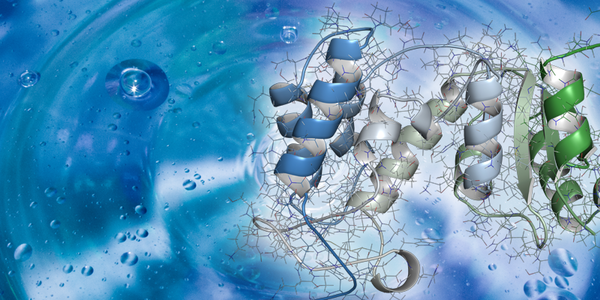

Embracing disorder: protein mechanism insights from NMR
Webinar Overview
Intrinsically disordered but functionally important regions in proteins are commonly found. Their study has evolved to an exciting field of discovery that reveals unexpected phenomena in the cellular matrix. Solution state high-resolution NMR spectroscopy has the edge in these investigations because of its high information content on the atomic level.
January 21, 2020
What To Expect
In this SelectScience webinar professor Jane Dyson, Scripps Research Institute, will discuss NMR investigations of intrinsically disordered proteins (IDP) and how this field of research has emerged in the recent decades overcoming many experimental challenges.
Key Topics
- albeit long unheeded, intrinsic disorder of proteins is both common and highly functional
- disordered proteins require different analytical approaches than structured proteins
- experimental NMR approaches to reveal IDP function, dynamics and interactions
Who Should Attend
Representatives of biomolecular research labs both in academia and pharmaceutical industry
Speakers
Dr. H. Jane Dyson
Editor-in-Chief of the Biophysical Journal
Jane Dyson received B.Sc.(hons) (1973) and Ph.D. (1977) from the University of Sydney. After a Damon Runyon postdoctoral fellowship at MIT (1977-78) she served as a Lecturer in Chemistry at the University of New South Wales (1979-1984), and joined Scripps Research Institute in 1984, where she is presently a Professor. Honors include a D.Sc. from the University of Sydney (2009) and the 2019 ISMAR Prize. Her research interests are in protein folding and dynamics, and structure-function studies of folded and intrinsically disordered proteins, using NMR and other spectroscopic techniques. She is currently serving as Editor-in-Chief of the Biophysical Journal.